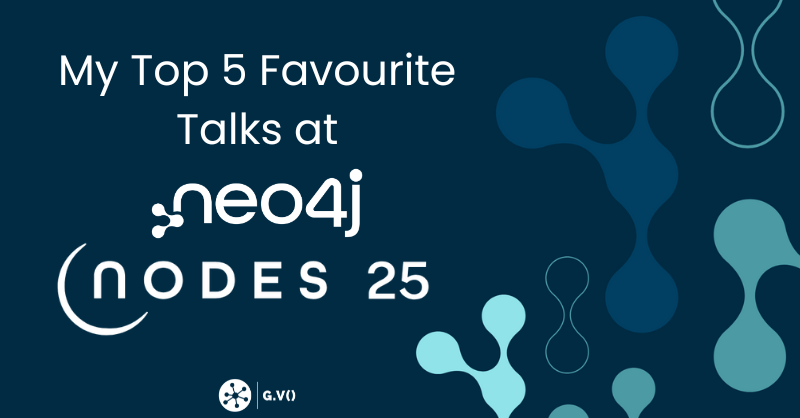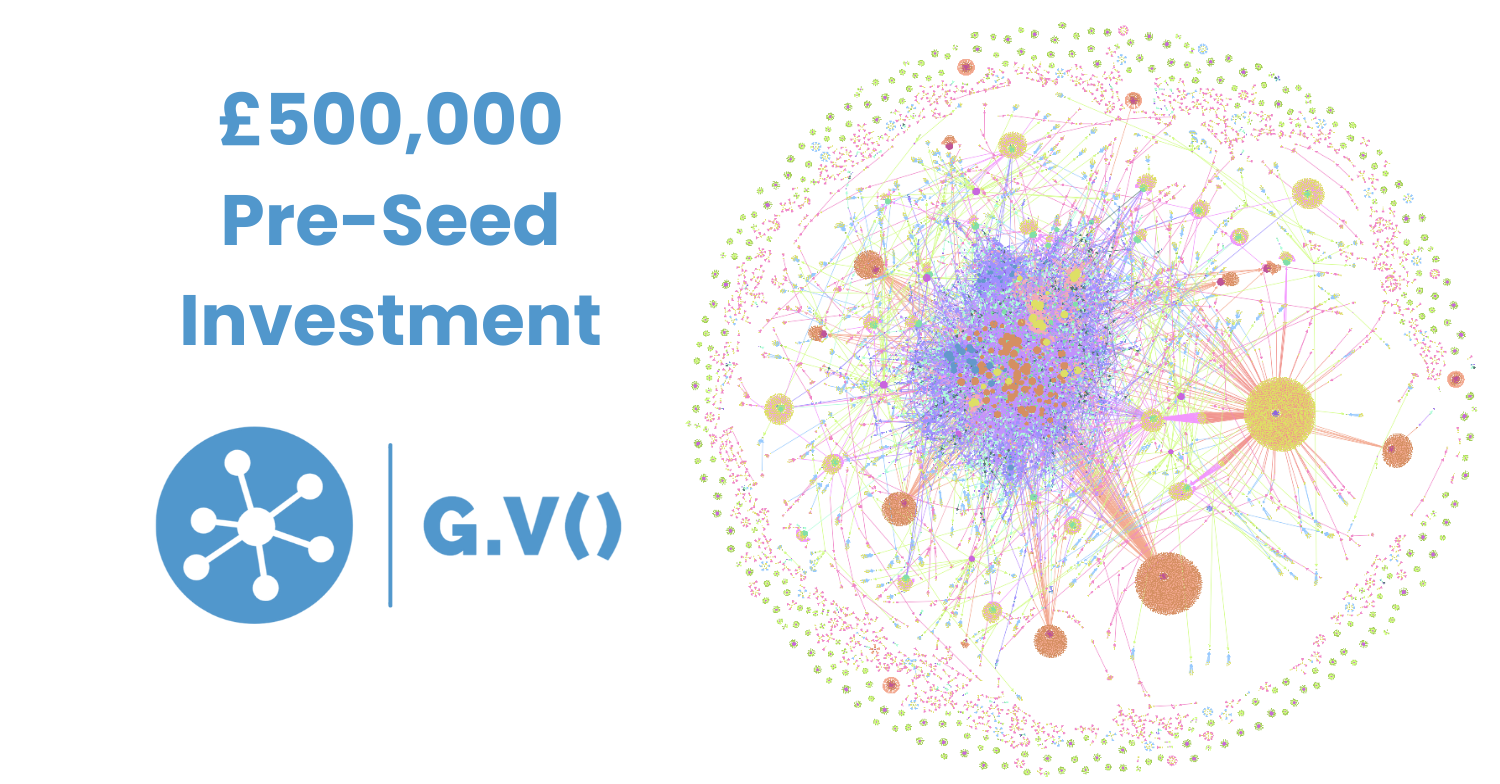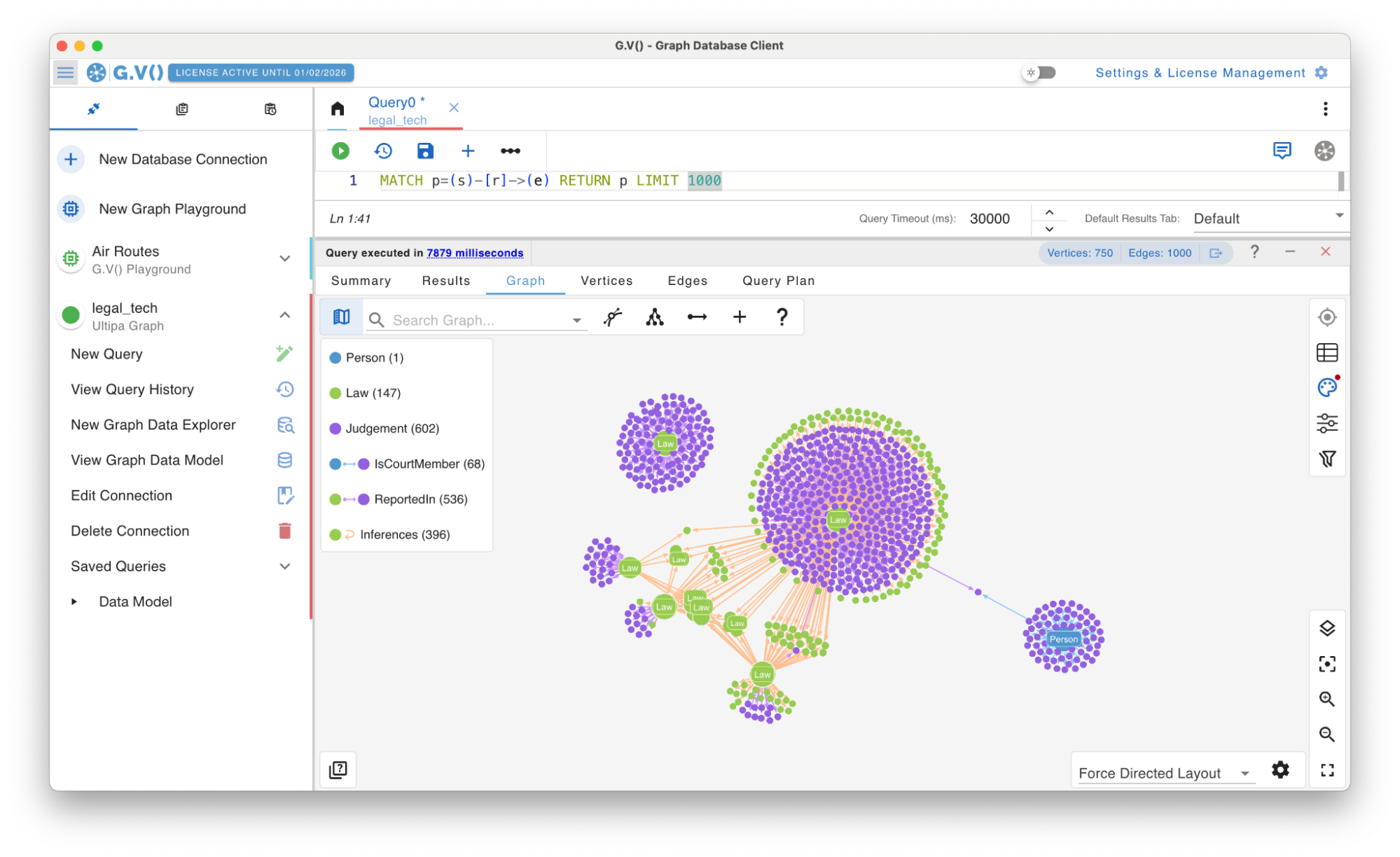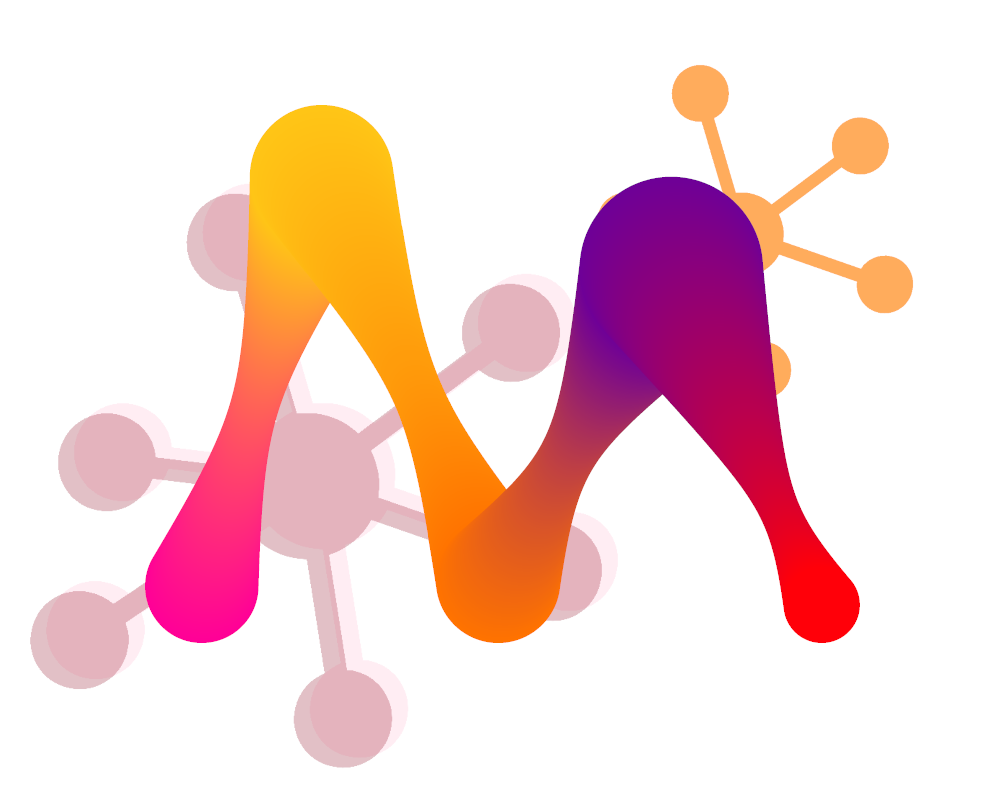My Top 5 Favourite Talks from NODES 2025
Discover some of the best technical talks and videos from the NODES 2025 online conference organized by Neo4j and curated by Christian Miles from G.V().

Discover some of the best technical talks and videos from the NODES 2025 online conference organized by Neo4j and curated by Christian Miles from G.V().

Learn all about G.V()’s recent $658,000 pre-seed investment round from Techstart Ventures and what’s ahead for the product, company, and graph community.
![The Weekly Edge: Kuzu Forks, DuckDB Goes Graph, Cypher 25 & More [24 October 2025] The Weekly Edge: Kuzu Forks, DuckDB Goes Graph, Cypher 25 & More [24 October 2025]](https://gdotv.com/wp-content/uploads/2025/10/ladybug-graph-database-duckdb-cypher-weekly-edge-24-october-2025.png)
Discover what’s new in the world of graph tech this week, including what’s next for Kuzu, a new book on knowledge graphs and LLMs, Cypher upgrades and more.

Today marks the release of G.V() 3.40.94. Some significant additions this time around – we now support ISO GQL (Graph Query Language), starting with Ultipa Graph Database!
We’ve also extended our embedded documentation feature, previously only available for the Gremlin query language, to work with Cypher and its many database-specific variants.
And finally, we’ve introduced further user experience improvements, most notably to the settings menu.
![The Weekly Edge: LDBC No More, Memgraph 3.5, FinCrime (Prevention), & More [25 September 2025] The Weekly Edge: LDBC No More, Memgraph 3.5, FinCrime (Prevention), & More [25 September 2025]](https://gdotv.com/wp-content/uploads/2025/09/ldbc-graph-data-council-memgraph-fincrime-weekly-edge-25-september-2025.png)
Discover what’s new in the world of graph technology this week, including the end of the LDBC (as we know it), a new graph approach to smart buildings, and more.

Discover what’s possible with Nodestream: a declarative framework for building, maintaining, and analyzing graph data, compatible with Neo4j & Amazon Neptune.

Memgraph+G.V() is a classic combination that turns your computer into a formidable tool for analysis and visualization, which is exactly what we’d like to show you today. We’ll first explore how to get started with Memgraph itself and use some of Memgraph’s own built-in visualization options, then we’ll show how G.V() can unlock even more of Memgraph’s potential.

G.V() 3.38.90 is out now! This newest version includes a number of exciting updates – most notably we have added full FalkorDB support. We’ve also added several new quality-of-life features and fixes, including an improved stylesheet interface that makes customizing your graph visualization easier than ever!
![The Weekly Edge: Neptune on R8g, Graph Learning, & More [29 August 2025] The Weekly Edge: Neptune on R8g, Graph Learning, & More [29 August 2025]](https://gdotv.com/wp-content/uploads/2025/08/amazon-neptune-graph-learning-rdf-vs-lpg-weekly-edge-29-august-2025.jpg)
Discover what’s new in the world of graph technology this week, including a new podcast with Paco Nathan, a knowledge graph tutorial, and more.
![The Weekly Edge: GraphRAG with Neptune, Kuzu, & Neo4j [25 July 2025] The Weekly Edge: GraphRAG with Neptune, Kuzu, & Neo4j [25 July 2025]](https://gdotv.com/wp-content/uploads/2025/07/graphrag-Neptune-GQL-weekly-edge-25-july-2025.png)
Discover what’s new in the world of graph technology this week, including GraphRAG resources for multiple graph databases, a GQL book, and a gdotv release.